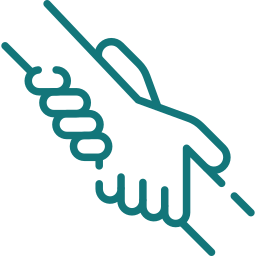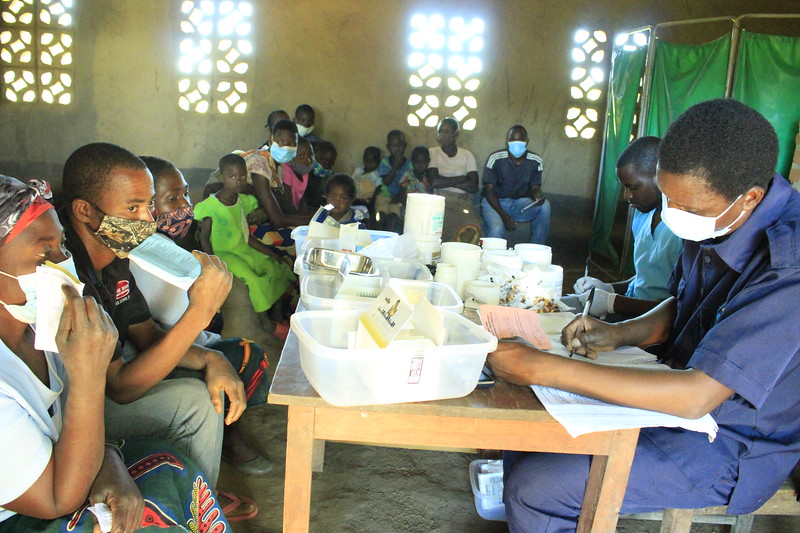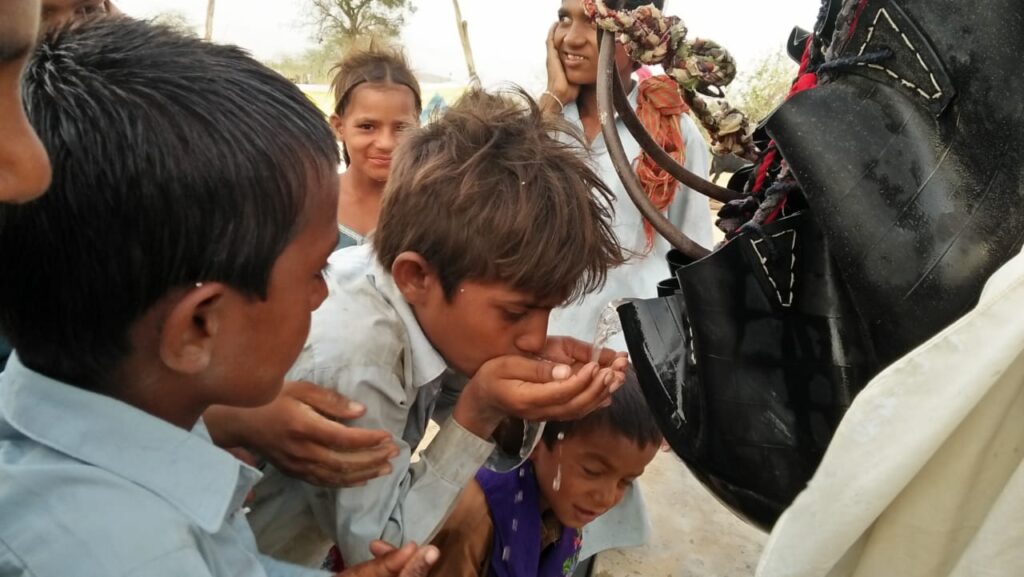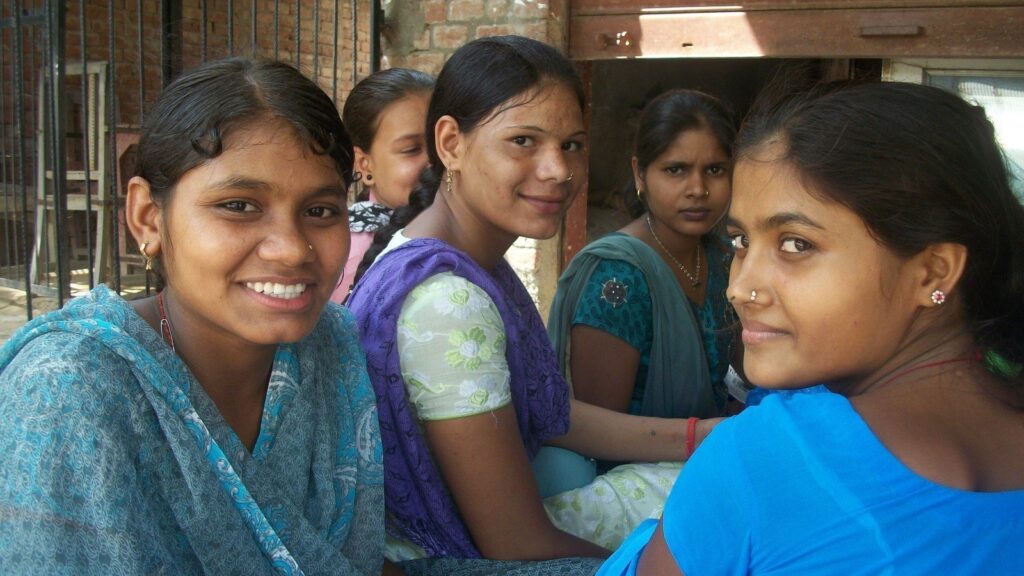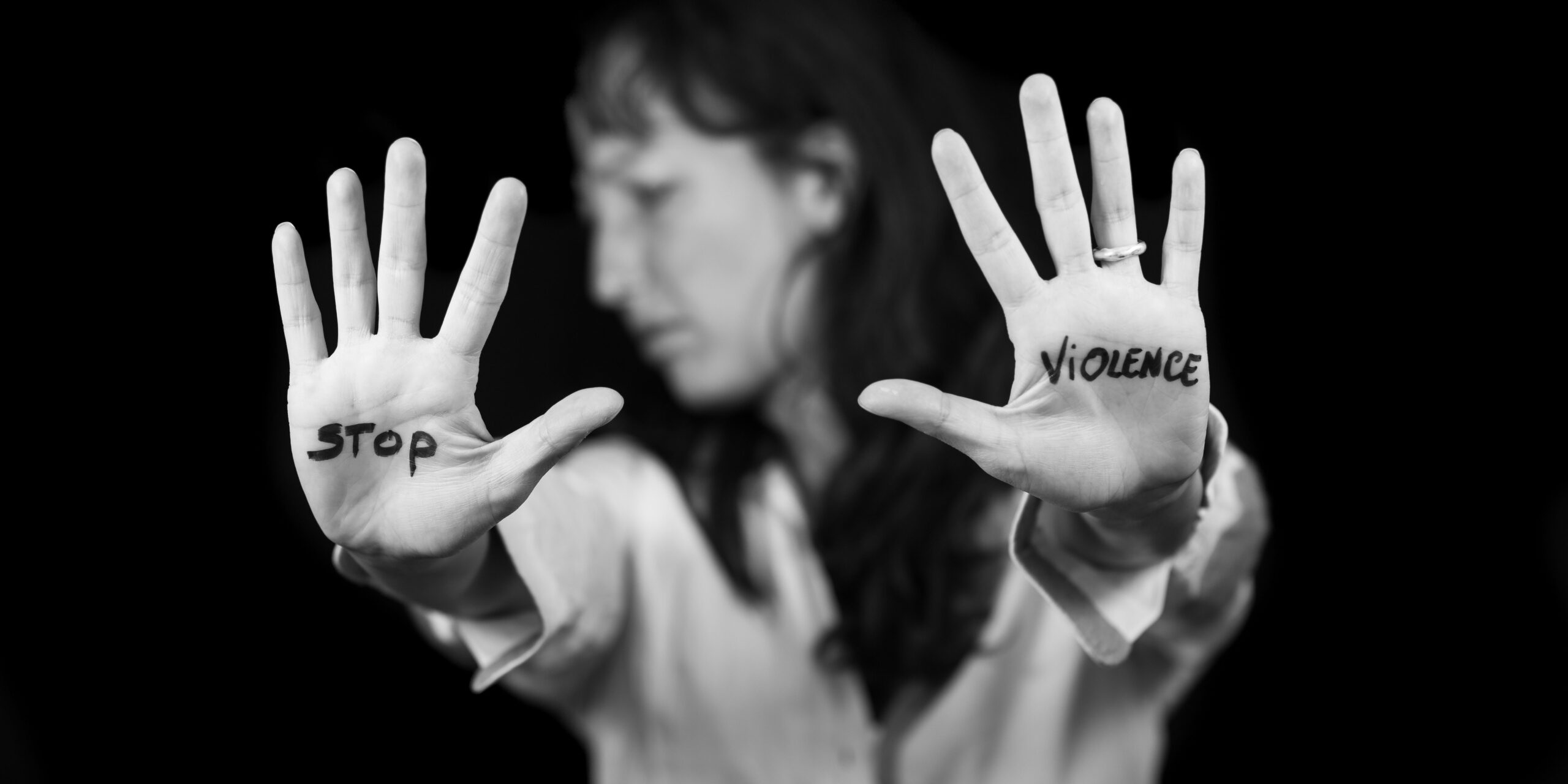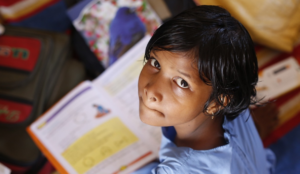Say ‘ENOUGH’ to Violence Against Women and Girls
How cruel is the world where one in every three women irrespective of nation and background experiences physical or sexual violence in her lifetime? They are vulnerable everywhere: at school, while fetching water, in university, and even in their own homes. Violence against women and girls is a hidden global crisis that knows no geographical or cultural boundaries. But, women and girls from marginalized groups are most likely to experience it. It takes many forms including sexual harassment, domestic violence, physical and psychological violence, honor killing, childhood and forced marriage, sex trafficking, and female genital mutilation. Whereas, intimate partner violence and non-partner sexual violence are two of the most prevalent types of violence that women and girls experience.
Scope of the problem
Considering all these facts and figures, it is evident that violence, no matter in which form it is, is a painful reality that too many women have to endure! But it doesn’t mean that we have to surrender to it. We have to stop this and say ‘enough’ to this global crisis because everyone deserves to live in safety and security.
Globally, about 30% of women have been subjected to physical or sexual intimate partner violence or non-partner sexual violence in their lifetime. According to the World Health Organization, intimate partner violence is observed to be 20% in the Western Pacific, 22% in high-income countries and Europe, and 25% in the WHO Regions of the Americas. Sadly, the rates are higher in the WHO African region at 33%, the WHO Eastern Mediterranean Region at 31%, and the WHO South-East Asia region also at 33%. Violence Against Women Prevalence Estimates (2018) reported that between 38% and 40% of murders of women are committed by intimate partners.
Ways to say ‘enough’ to violence against women and girls

1. Women’s empowerment
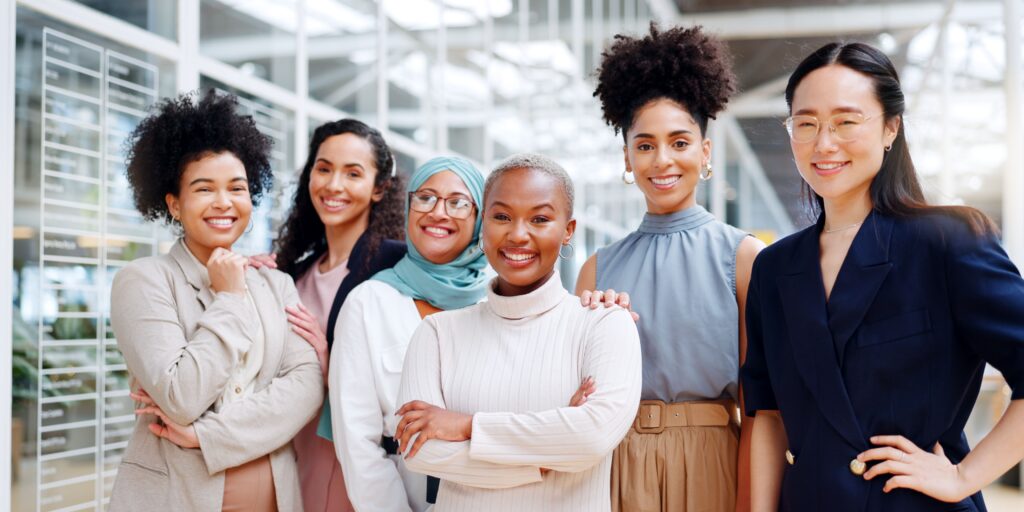
Women’s empowerment, be it in financial or educational terms, is the most effective way to say enough to violence against women and girls. Education provides women and girls with knowledge, skills, and self-confidence to claim their rights and protect themselves. Moreover, financially independent women have a say, they have more options and a greater ability to escape abusive situations as compared to women who are dependent on partners even for their basic needs.
2. Policy and laws

Gender inequality is said to be the most pronounced cause of violence against women and girls. So, establishing and implementing policies that promote gender equality such as girls’ and women’s equal access to education, employment, and property rights as well as laws that impose penalties for any harmful act against women is a direct and proactive approach to saying ‘enough’ to violence against women and girls.
3. Address societal norms and attitudes

Sadly, there is a vast majority who believe that violence toward women and girls is a justifiable act. They consider it to be a normal thing. Media and community-based programs and interventions can challenge such norms and attitudes.
4. Challenge traditional masculinity

Violence against women and girls often derives from traditional and toxic masculinity. Evidence suggests that women in relationships with men reinforcing male dominance and gender inequality through beliefs and behaviors are more prone to intimate partner violence. By educating and encouraging men and boys to embrace caretaking behaviors, accept gender equality, emotional expression, and other non-masculine qualities, violence against women and girls can come to an end.
5. Support victims and provide services

Another way to say ‘enough’ to violence is to stand with, support, and provide services to the victims. This means that shelters, helplines, counseling, and all other support for survivors of violence should be accessible, even in times of crises and emergencies. This can be done by training people who work in different areas like healthcare, law, education, and social services to help survivors better.
One of the most important things is to possess the attitude of “We hear you. We trust you. We stand with you. We support you.” towards victims.
6. Fund Women’s organization

Evidence suggests that strong feminist movements are the most crucial factor in driving policies on violence against women and girls. However, women’s organizations that play key roles in feminist mobilization are increasingly being defunded and not being included in important decision-making processes.
So, in order to say ‘enough’ to violence against women and girls, the provision of continuous funds to women’s rights organizations is necessary.
Conclusion
To sum up, stopping violence against women and girls needs a continuous struggle. We must change old and deep-rooted attitudes and habits, make policies, enforce laws that keep women and girls safe, and give them the support and resources they need to live securely. By working together with determination, we can make a world where women and girls are free from fear and violence. It is time to stand up and say ‘enough’ to violence not just on one day, but every day of the year.
Our Aim Foundation works on the principle that ending violence is only possible if women and girls are empowered individually. With this notion, we have impacted over 1 million women living in poverty from the remote villages of Malawi, and the slums of India to the refugee camps in Bangladesh.
Donate to Our Aim Foundation to help empower women in some of the most struggling communities across the globe. Click here to donate. Your support is invaluable in helping us empower more women and provide them with the tools they need for a healthier, happier future.






